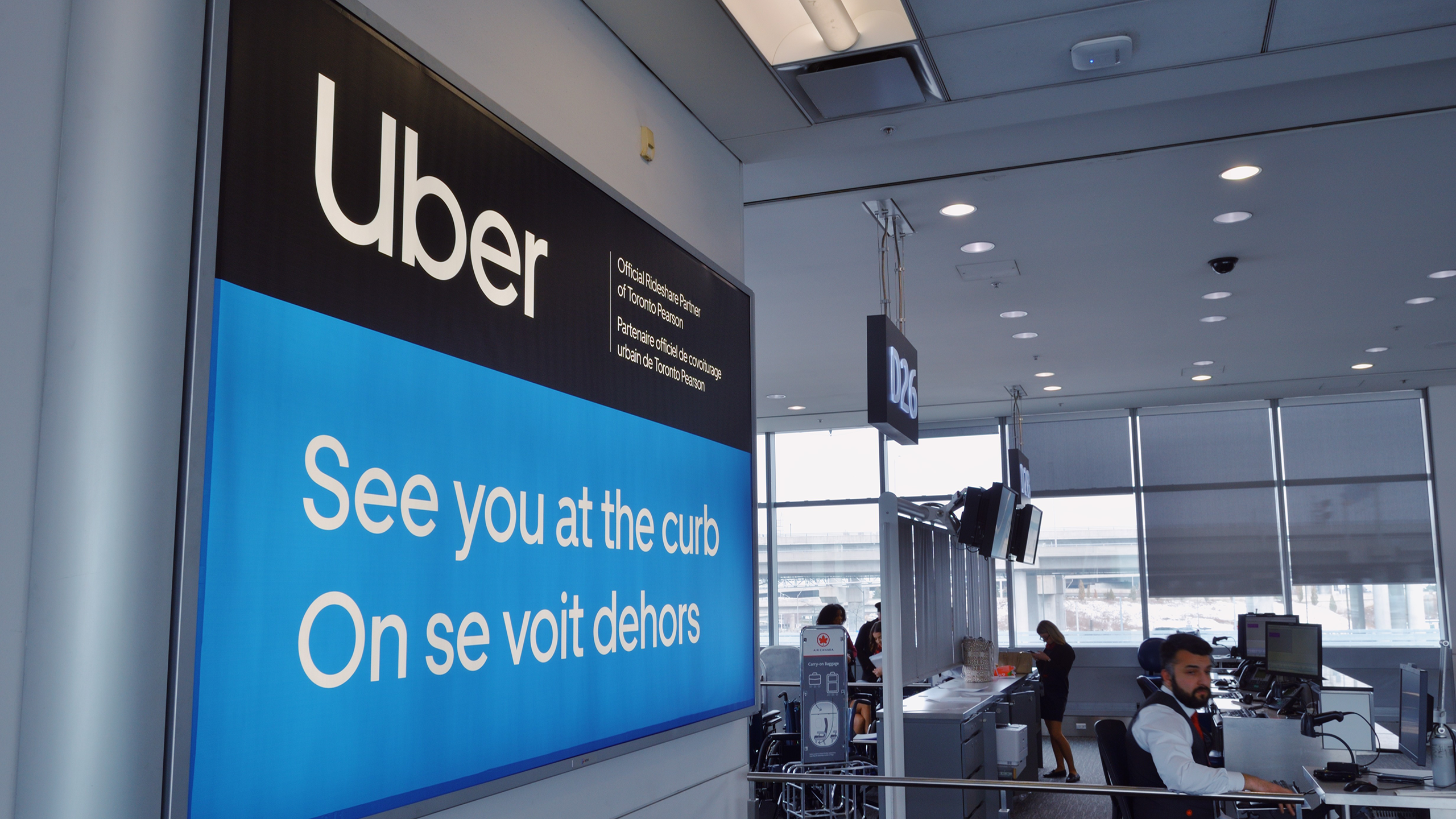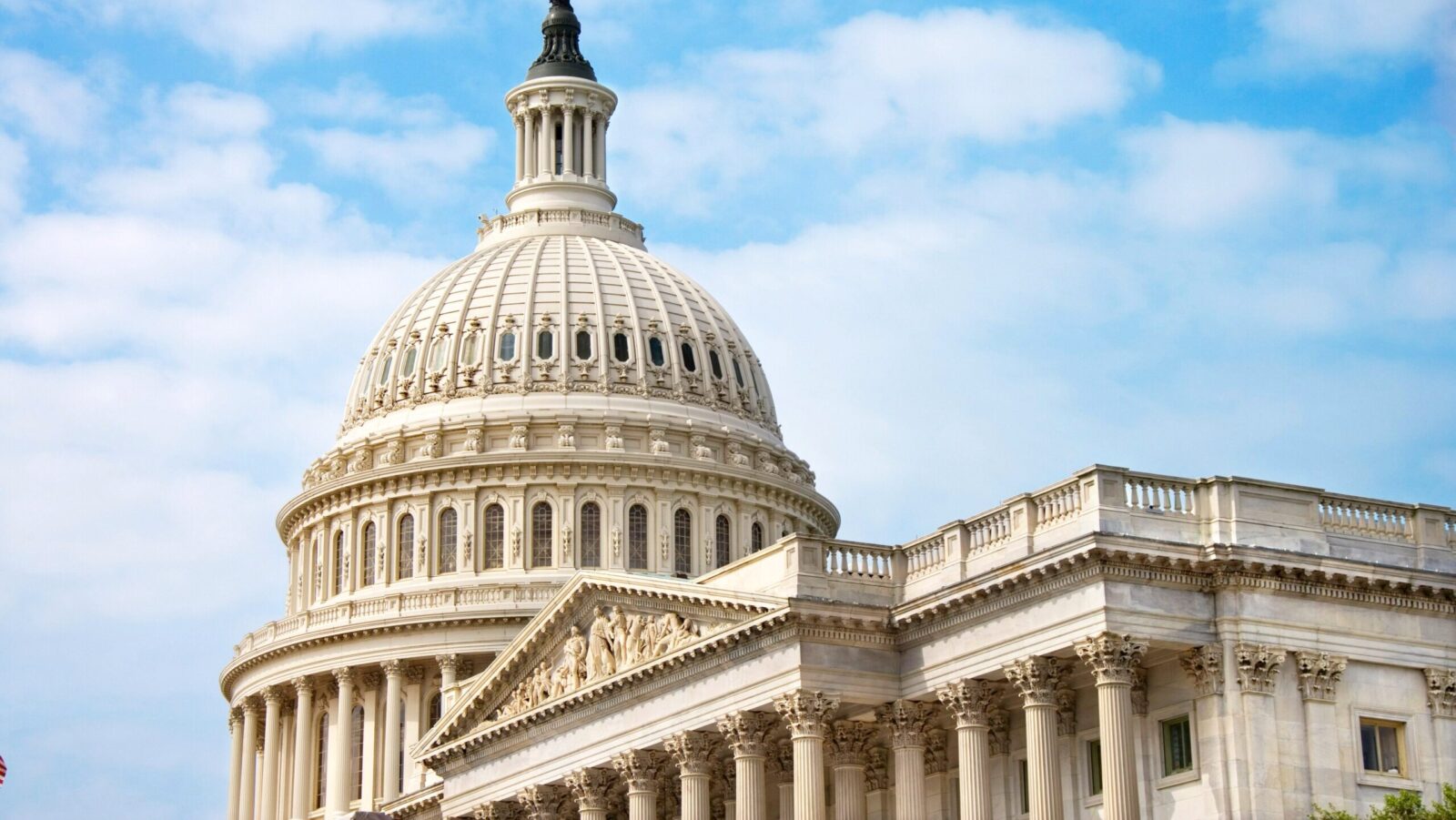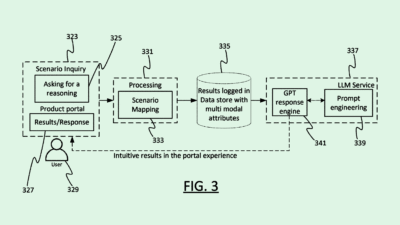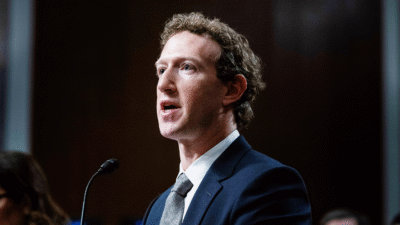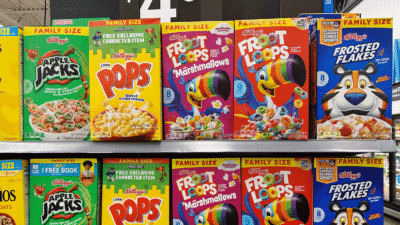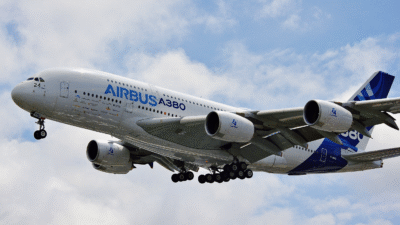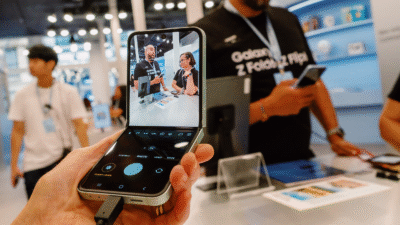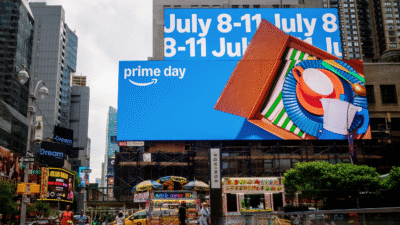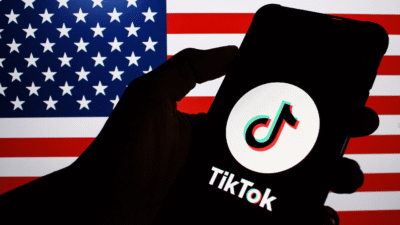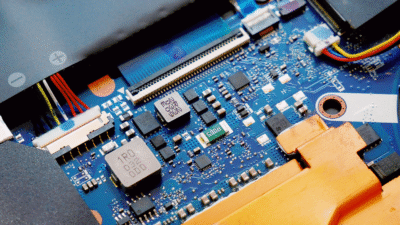Uber Coasts to Another Quarter of Profitability
Uber returned to profitability in the second quarter, bucking macroeconomic trends and proving it can diversify its revenue streams.
Sign up for smart news, insights, and analysis on the biggest financial stories of the day.
Uber’s first-quarter loss may have just been a small detour.
Last year, the ride-share giant finally turned an annual profit after years and years of burning billions, only to slip back into the red in the first quarter of 2024. On Tuesday, Uber returned to profitability, bucking macroeconomic trends and proving it can diversify its revenue streams in the process.
Ride or Die
Flagging consumer spending has helped fuel resurgent recession fears and market turmoil. But Uber has remained on a fast route. “The Uber consumer has never been stronger,” CEO Dara Khosrowshahi said during the company’s earnings call Tuesday, adding that Uber is “not seeing any softness or trading down across any income cohort.” Gross bookings for its mobility unit were up 23% year-over-year, notching $20.6 billion, while food delivery gross bookings rose 16% to $18.1 billion. Total rides, meanwhile, reached 2.77 billion in the quarter, up from 2.28 billion a year ago. (Uber, it should be noted, is also somewhat recession-proof: Economic downturns tend to lead to more driver sign-ups, thus reducing prices and wait times for riders.)
Meanwhile, Uber’s effort to take all of our juicy mobility data and create an advertising giant is starting to pay off — potentially creating a reliable new revenue stream should increased regulation finally upset the gig economy status quo:
- In its earnings call, Uber said that its ad revenue run rate will exceed $1 billion this year, well up from the $650 million seen last year. Independent retail media analyst Andrew Lipsman told Adweek that Uber’s global scale is behind the ad boost, with a reach seen by few retail media networks aside from Amazon.
- Overall profit came in at $1.02 billion, which includes a $333 million benefit from equity investments (a massive U-turn from the $721 million loss from equity investments last quarter), smashing consensus expectations of around $654 million.
Gig Tech: Uber’s share price popped around 11% on news of the strong quarter, ahead of the 1% clawbacks seen by the S&P 500 and Nasdaq 100 on Turnaround Tuesday as well as the 1.2% rebound tracked by Bloomberg’s Magnificent Seven Total Return Index. It’s not the only gig economy company to find success amid the broader market correction. Instacart beat expectations in its earnings call on Tuesday, further buttressing fears of a consumer slowdown, and last week DoorDash beat expectations as well, with gross order value increasing 20% year-over-year to $19.7 billion and total orders jumping 19% to 635 million. Recession fears be damned: Everyone seems happy to pay $35 for doorstep ramen delivery.
